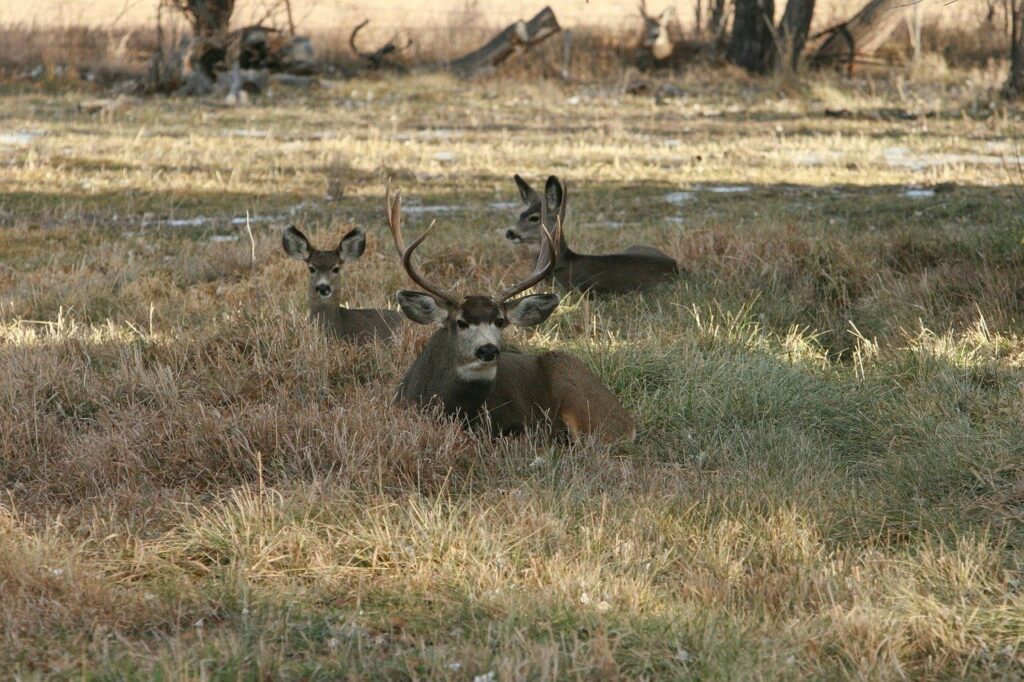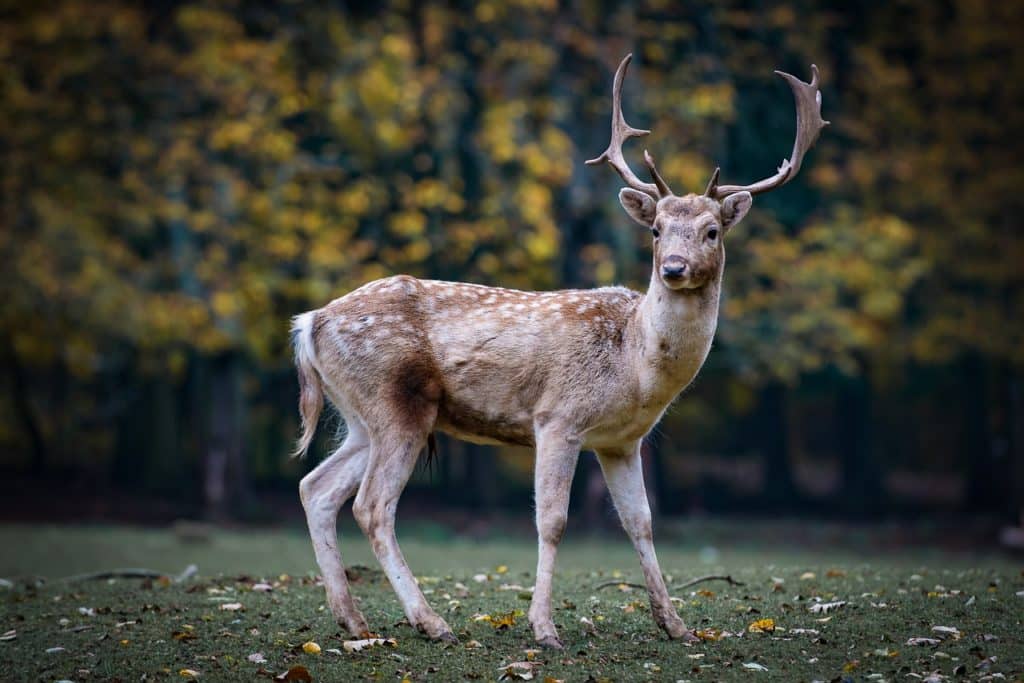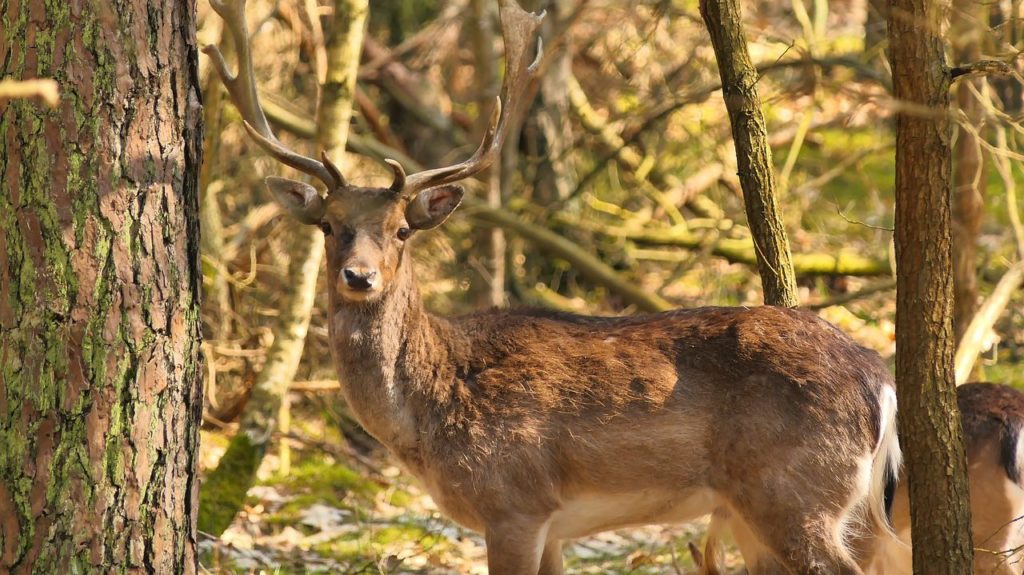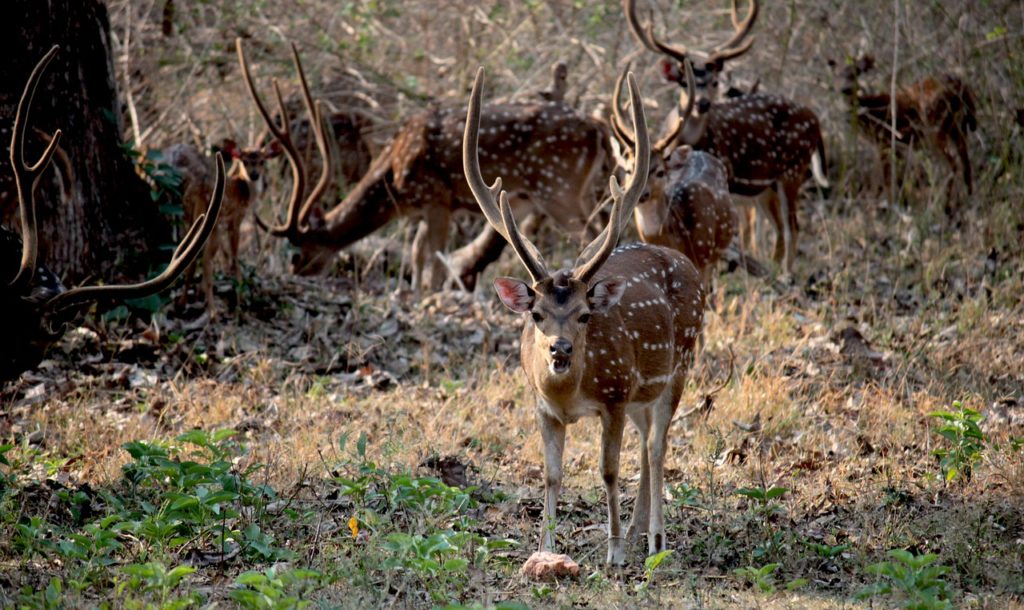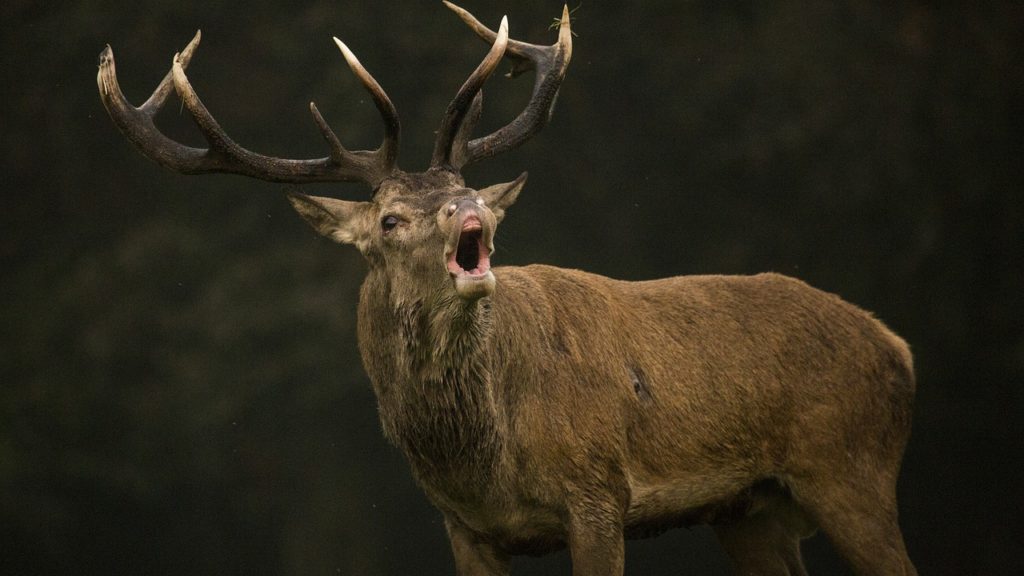When going deer hunting, one must know when it’s the right moment to hunt. During legal shooting hours, knowing where the deer are is crucial. This means you’ll need to learn more about the deer’s usual routine so you can know all of the movements they make during the day.
Deer are crepuscular animals, which means they’ll have more activity at dawn and dusk. Many people say they look for places to eat during the night, and zones to rest during the day. When the evening comes, they’ll approach feeding areas.
They spend the day looking for a secure place. After they’ve spotted a good place to bed down, they will most likely be there all day. If they aren’t hungry or don’t feel any danger around the zone, they won’t move from that zone.
Things will become easier for you if you understand more about the deer’s nature. So here are some deer facts that every hunter should know to understand deer personalities.
How to Track Deer Movement
The deer usually leave many signs behind as they go through their day. So you can develop a good hunting strategy, you must learn how to identify those signs. Don’t worry. It’s not as hard as it seems.
Certain ‘deer signs’ make deer easy to track. I say “deer signs” because I refer to any clue deer leave throughout the zones they usually leave in. After knowing about the deer signs, tracking their movement will become easier.
Deer Tracks
Tracks are the simplest deer signs I can think of. You can easily tell it’s a hoove mark because their hoves are bilaterally symmetrical. So, all of them will look exactly the same.
Depending on the deer’s size and age, they will look slightly different:
- Fawn leaves small tracks, triangle-shaped.
- A Doe’s tracks are larger and are similar to those of young bucks. They usually have a length of about 4 inches.
- Bucks, especially older ones, leave the most prominent tracks. They can have a length of 5 inches or more, depending on their size.
Reading a deer track is one of the most fundamental skills for deer hunters. Tracks give you a lot of information about a deer’s movements and state of mind. If they are just chilling around the woods and walking, they will be a bit spaced out. If they’re running and feel endangered, they will be separated. You can use a hunting trail camera to track and analyze deer patterns.
Scat
It’s not hard to find deer poop. They look similar to chocolate raisins and are very small. Don’t mistake it for rabbit poop; they are very different. Rabbit poop is round and bigger.
Yes, looking at deer poop can be strange, but it can help you find out if they’re around the zone. If you’ve found a deer and suddenly lose them, look for a scat to get an idea of where they might be. Looking for other deer signs is also a good idea if there’s a scat in the area.
Here is a video on how to tell a buck from a doe by their scat.
Beds
Deer beds are pretty simple. These are the places where deer usually loaf around or rest, and they have oval form. They are easy to spot, no matter the season. This will also give you information about the deer’s size and gender.
Bucks are most likely to wander alone, meaning that they’ll leave a single mark. Does are most likely to travel with groups (which can be made of other does or their fawn), so you will find multiple beds in the area.
If you are looking for buck beds, then here are some easy steps to help you find them.
Deer Rubs
Deer like to rub their antlers against the trees. They do this as an exercise for their neck muscles and to get rid of the dying, growing tissue their antlers have.
Rubs also are essential for the deer’s communication. They have glands on their forehead, which spread a particular scent on the trees when they rub against it. Other deer can detect this scent.
The deer usually make rubs as they walk around the woods. You will more likely find them in small or medium-sized trees. It’s not hard to determine how old the marks are due to the apparent damage they cause to the three.
Deer will leave a “path” made of rub marks, making it easier for you to spot them. Don’t confuse the rub marks with tooth marks, though! To tell the difference between them, try to search for shredded bark.
Buck rubs can be the key to finding and locating deer.
Scrapes
Deer scrapes are easy to spot. They usually use their hooves to expose the soil beneath the leaves. After that, they will urinate in a small area to leave a scent so other deer can find them. You can also train your hunting dog to track the deer using this scent.
Deer use the scent as a form of communication, especially when they’re about to mate. It’s not particularly hard to spot the scrapes, but you will most likely not luck spotting a deer because they tend to visit them during the night.
Even if it’s not likely that you’ll find a deer by finding a scrape, it’s still fantastic to find them. Hunters love to see fresh scrapes in the woods, but, understanding different types of buck scrapes can undoubtedly improve your hunting skills.
Here is a short video on different types of scrapes and which ones are good to hunt and which ones are a waste of time.
Teeth Marks
Many people don’t know this, but an easy way to spot deer is to look at the jagged edges they leave on trees. This sign is more noticeable in branches. Why do they do that? It’s because deer don’t have upper incisors.
They eat using their bottom ones and upper palettes, meaning they rip the leaves off the branches. This is important because many tend to confuse these marks with the ones rabbits leave. Rabbits’ teeth are sharp and are capable of clipping the branches off.
Teeth marks will not tell you that a deer is around the area, but they will let you know they usually feed on that zone.
As you can see, it’s not hard to learn how to track deer movement. They leave clear, obvious signs all the time. I recommend you work on your analyzing skills so you can get information about where they might be. With this advice, finding a deer won’t be a hard task anymore.
References and Further Reading
Last Updated on January 4, 2024 by Marty Prokop
